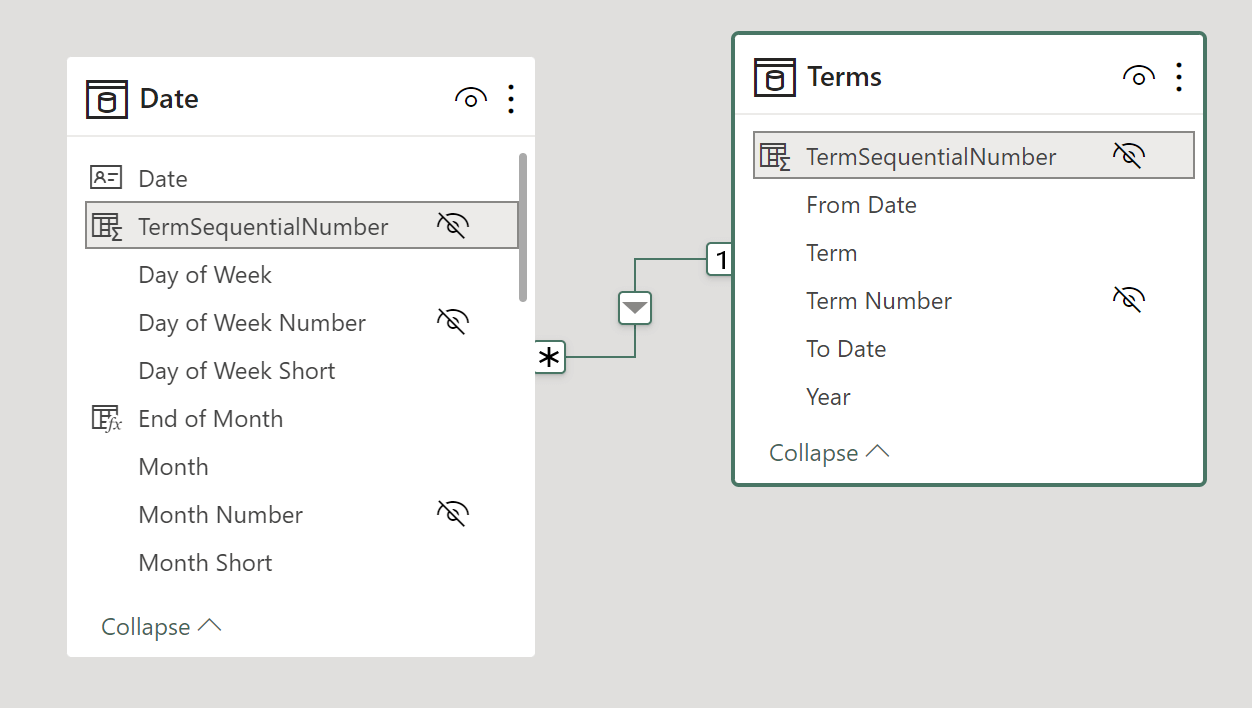Topic: Data modeling
-
How to implement an Accounts Receivable Aging report in Power BI, and how to simplify a business problem using existing modeling patterns. Watch now
-
This article describes an Accounts Receivable Aging report in Power BI, and shows how to simplify a business problem using existing modeling patterns. Read more
-
This article describes how to optimize inventory calculations in DAX by using snapshots to avoid the computational cost of a complete running total. Read more
-
How to implement the comparison between school terms. The same technique can be applied to any arbitrary time periods that do not match regular months or quarters in a calendar, such as seasons or campaigns. Watch now
-
This article describes how to implement the comparison between school terms. The same technique can be applied to any arbitrary time periods that do not match regular months or quarters in a calendar, such as seasons or campaigns. Read more
-
Using ALLSELECTED with no arguments in a remote model later used in a composite model might produce unexpected results. In this article we examine the topic and provide the reasons why ALLSELECTED requires special attention. Read more
-
How do you analyze the country of different entities, like Customer and Store? In this unplugged video, we explore how to manage the analysis of geography attributes in different Power BI tables. Watch now
-
This video explains how composite models and calculation groups work together. Indeed, they might show a very unique behavior that a good DAX developer must understand well to build sound models. Watch now
-
In composite models, any query can be executed on the remote model (wholesale execution) or by mixing local and remote engines together (retail execution). This video describes the differences between the wholesale and retail modes in composite models. Watch now
-
Analyze and measure the performance of an alternative data modeling solution suggested by Daniel Otykier (author of Tabular Editor) regarding the article Different options to model many-to-many relationships in Power BI and Tabular. Which solution is faster? Or “it depends”?… Watch now









